What Is Vector Addition Rule
According to the Parallelogram law of vector addition if two vectors veca and vecb represent two sides of a parallelogram in magnitude and direction then their sum veca vecb the diagonal of the parallelogram through their common point in magnitude and direction. U v u.
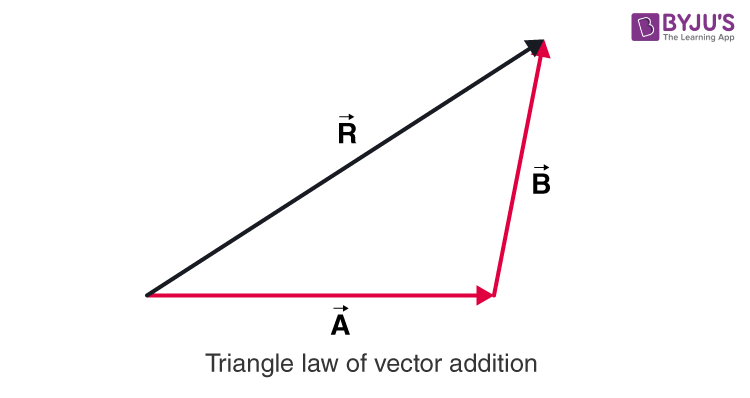
Triangle Law Of Vector Addition Formula And Derivation
Triangle law of vector addition states that when two vectors are represented by two sides of a triangle in magnitude and direction taken in same order then third side of that triangle represents in magnitude and direction the resultant of the vectors.
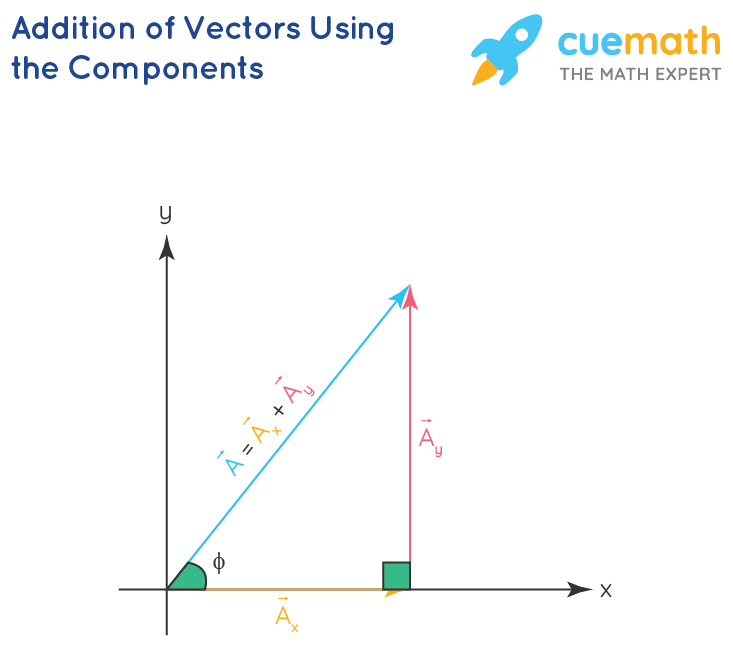
What is vector addition rule. Derivation of the law. Vector Addition is Associative We also find that vector addition is associative that is u v w u v w. Displaystyle mathbf u mathbf v mathbf u The cosmos of Galileo consists of absolute space and time and the addition of velocities corresponds to composition of Galilean transformations.
There are different laws of vector addition and they are. For two vectors and the vector sum is obtained by placing them head to tail and drawing the vector from the free tail to the free head. The tail of the vector is the starting point of the vector and the head or tip of a vector is the final pointed end of the arrow.
In the upcoming discussion we shall learn about how to add different vectors. The so-called parallelogram law gives the rule for vector addition of two or more vectors. Vector addition can be defined as the operation of adding two or more vectors together into a vector sum.
Vector Addition Using the Head-to-Tail Rule. According to this rule two vectors can be added together by placing them together so that the first vectors head joins the tail of the second vector. In Cartesian coordinates vector addition can be performed.
If two vectors acting simultaneously at a point can be represented both in magnitude and direction by the adjacent sides of a parallelogram drawn from a point then the resultant vector is represented both in magnitude and direction by the diagonal of the parallelogram passing through that point. To obtain vecR which is the resultant of the sum of vectors vecA and vecB with the same order of magnitude and direction as shown in. Vector addition is the operation of adding two or more vectors together into a vector sum.
Triangle law of vector addition states that when two vectors are represented as two sides of the triangle with the order of magnitude and direction then the third side of the triangle represents the magnitude and direction of the resultant vector. The parallelogram law gives the rule for vector addition of two or more vectors. The magnitude of a vector is its length and is normally denoted by or A.
Where P and Q are vectors and a is a scalar. The easy and quick concept of vector addition is explained in this videoI will also tell you in this video about1 Vectors Addition triangle and parallelo. Head-to-Tail Method The head-to-tail method is a graphical way to add vectors described in the figure below below and in the steps following.
The following rules apply in vector algebra. The addition here is the vector addition of vector algebra and the resulting velocity is usually represented in the form. The tail of the vector is the starting point of the vector and the head or tip of a vector is the final pointed end of the arrow.
That means that if we draw one as an arrow then the traveling along it translates to moving as a point from its starting point to the endpoint. Triangle Law of Vector Addition Statement of Triangle Law If 2 vectors acting simultaneously on a body are represented both in magnitude and direction by 2 sides of a triangle taken in an order then the resultant both magnitude and direction of these vectors is given by 3 rd side of that triangle taken in opposite order. For two vectors the vector sum can be obtained by placing them head to tail and drawing the vector from the free tail to.
This can be illustrated in the following two diagrams. The resultant sum vector can then be obtained by joining the first vectors tail to the head of the second vector. Head-to-Tail Method The head-to-tail method is a graphical way to add vectors described in Figure 4 below and in the steps following.
Addition of two vectors is accomplished by laying the vectors head to tail in sequence to create a triangle such as is shown in the figure. Notice that u v w and u v w have the same magnitude and direction and so they are equal. Derivation of the law.
Vector addition can be performed using the famous head-to-tail method. We show what the triangle and parallelogram rule for vector addition mean geometrically. Parallelogram rule In essence adding vectors means traveling along one of them and then the other.
Laws of Vector Addition A vector is a physical quantity which is represented both in direction and magnitude.

Addition Of Vectors Properties Laws Solved Examples

Subtraction And Addition Of Vectors Methods Formulas Videos Examples
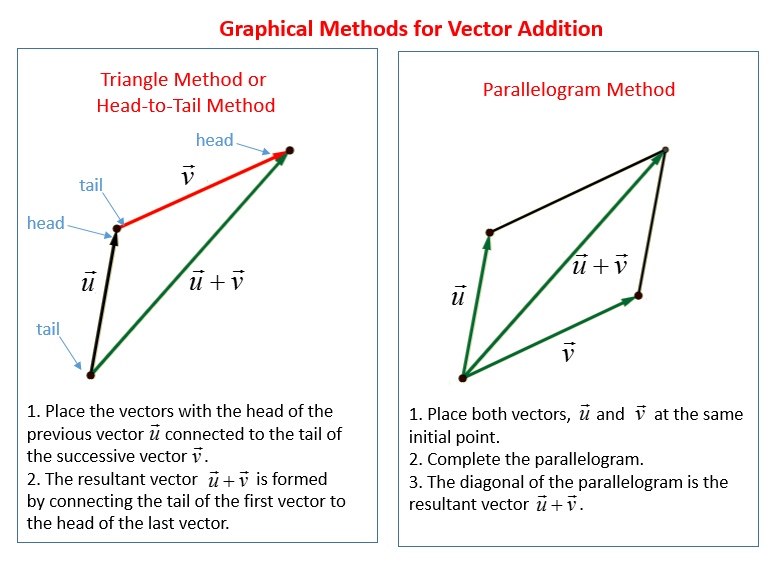
Vector Addition Video Lessons Examples And Solutions
Properties Of Vector Addition Commutative Law Of Vector Addition Associative Law Of Vector Addition

Triangle Parallelogram Laws Of Vector Addition Mathematics 12th Iitjee Main Advanced Askiitians Youtube
What Is The Parallelogram Law Of Vectors Quora

Triangle Law Of Vector Addition Formula And Derivation
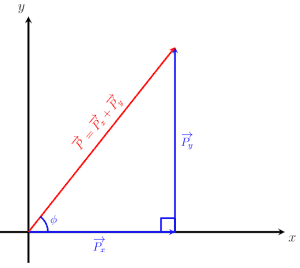
Vector Addition Using The Head To Tail Rule
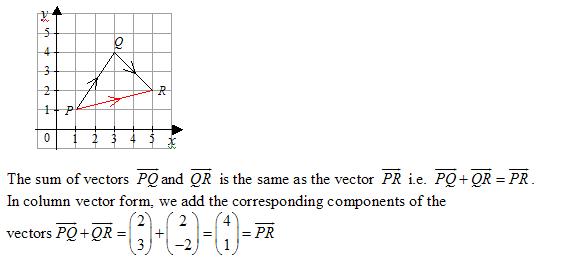
Vector Addition Video Lessons Examples And Solutions

Vector Addition Parallelogram And Triangle Laws Videos And Examples

Vector Addition And Subtraction Analytical Methods Physics
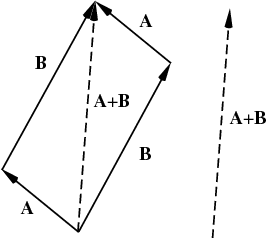
Vector Addition From Wolfram Mathworld


